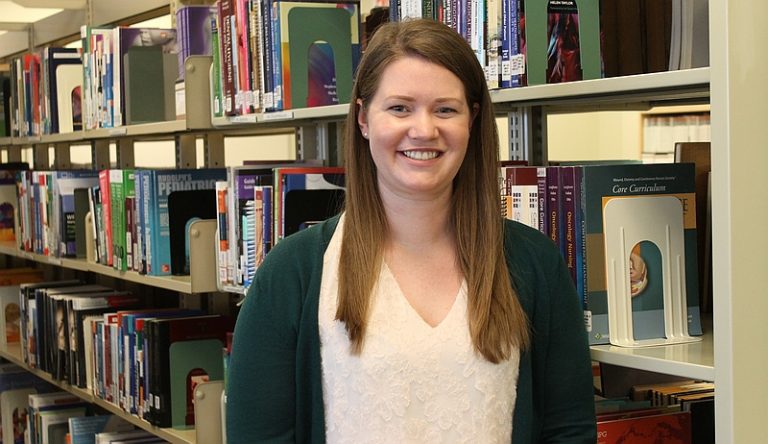
Fourth-year Southern Medical Program (SMP) student Sarah Fraser recently published an article in the BMC Medical Journal examining UBC’s renewed curriculum and the topic of concussion. First introduced in 2015, the renewed curriculum replaced the traditional block model with spirals of integrated themes, systems, and clinical experiences. We caught up with Fraser, in her final stages of her medical degree, to discuss her research project.
An important side note, Fraser is the recent recipient of the William A. Webber Memorial Scholarship in Medicine. Recognized as the Faculty of Medicine’s most prestigious award for medical students, the annual award acknowledges outstanding academic record, a genuine commitment to medicine and community, enthusiasm for sports or the arts, leadership qualities, and the promise of an exceptional career.
How did the project start?
The research first started as part of my FLEX (Flexible and Enhanced Learning) project when I was studying concussion physiology in a UBC Okanagan lab. We came across a publication in our journal club that suggested medical students did not get enough exposure to the topic of concussion. Additionally, it stated residents and physicians were often inconsistent in their diagnosis and management.
What did you do next?
We designed a study to take advantage of the concurrent delivery of Concussion Week and the Brain and Behaviour Block and determine if there were any learning differences. Students from the MD Class of 2019 (renewed curriculum) were compared to the MD Classes of 2016-2018 (old curriculum) with respect to their knowledge of concussion. Dr. Olusgeun Oyedele, SMP Course Director, and Dr. Peter Choi, Associate Director of Curriculum, Years 1 & 2 assisted in the initial phases of the research to help identify the curricular objectives we planned to compare.
What did you discover?
We demonstrated several relative advantages of the spiral curriculum. Spiral students (renewed curriculum) had more formal exposure and could recognize whiplash as a mechanism of concussion and acknowledge long-term consequences like CTE, Second Impact Syndrome, or Parkinsonism more than both block students (old curriculum) and the original study cohort. Block students had substantially more clinical exposure and a better understanding of the physical exam requirements, presumably related. Both block and spiral students had an excellent understanding of red flag symptoms. They were also very similar to the original study cohort that found 22% of all respondents did not believe “every concussed individual should see a physician.”
How does FLEX contribute to your education?
I used FLEX to explore self-identified knowledge gaps. In first year, I struggled with neurology so I used my FLEX project time to work in the concussion lab learning the physiology of concussions. Additionally, I volunteered with an interdisciplinary team working with people rehabilitating from severe traumatic brain injuries and stroke. These activities solidified my understanding of neurology and provided useful knowledge translation and communication skills that I use almost every day. Using FLEX in this way, and going outside of my comfort zone, was hugely beneficial to my education and future practice.
Co-authors for the study include Sandy Wright, MD/PhD student, Dr. Jonathan Smirl, Post Doctoral Fellow, and Dr. Paul van Donnkelar, Professor at UBC Okanagan. Click to view the full article.